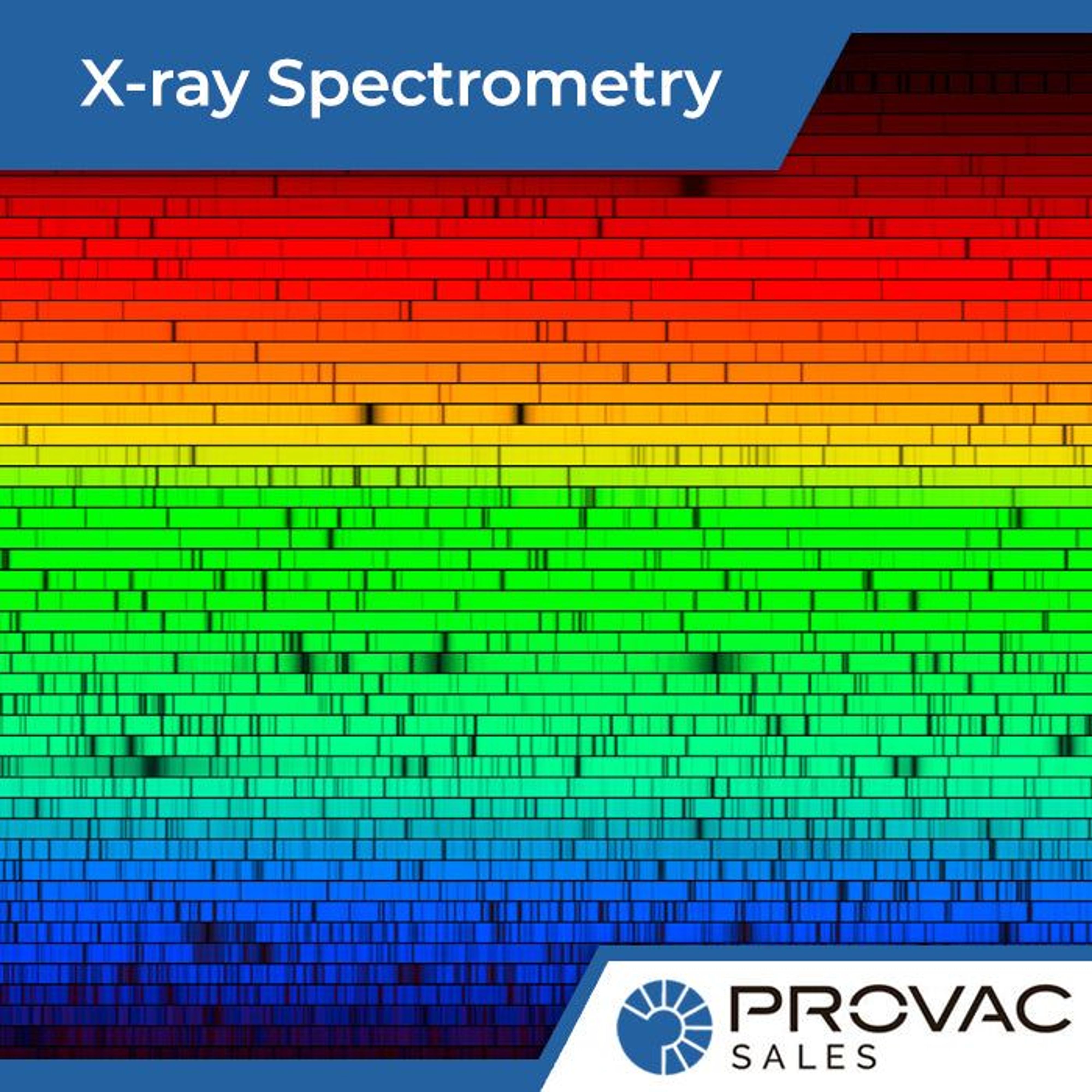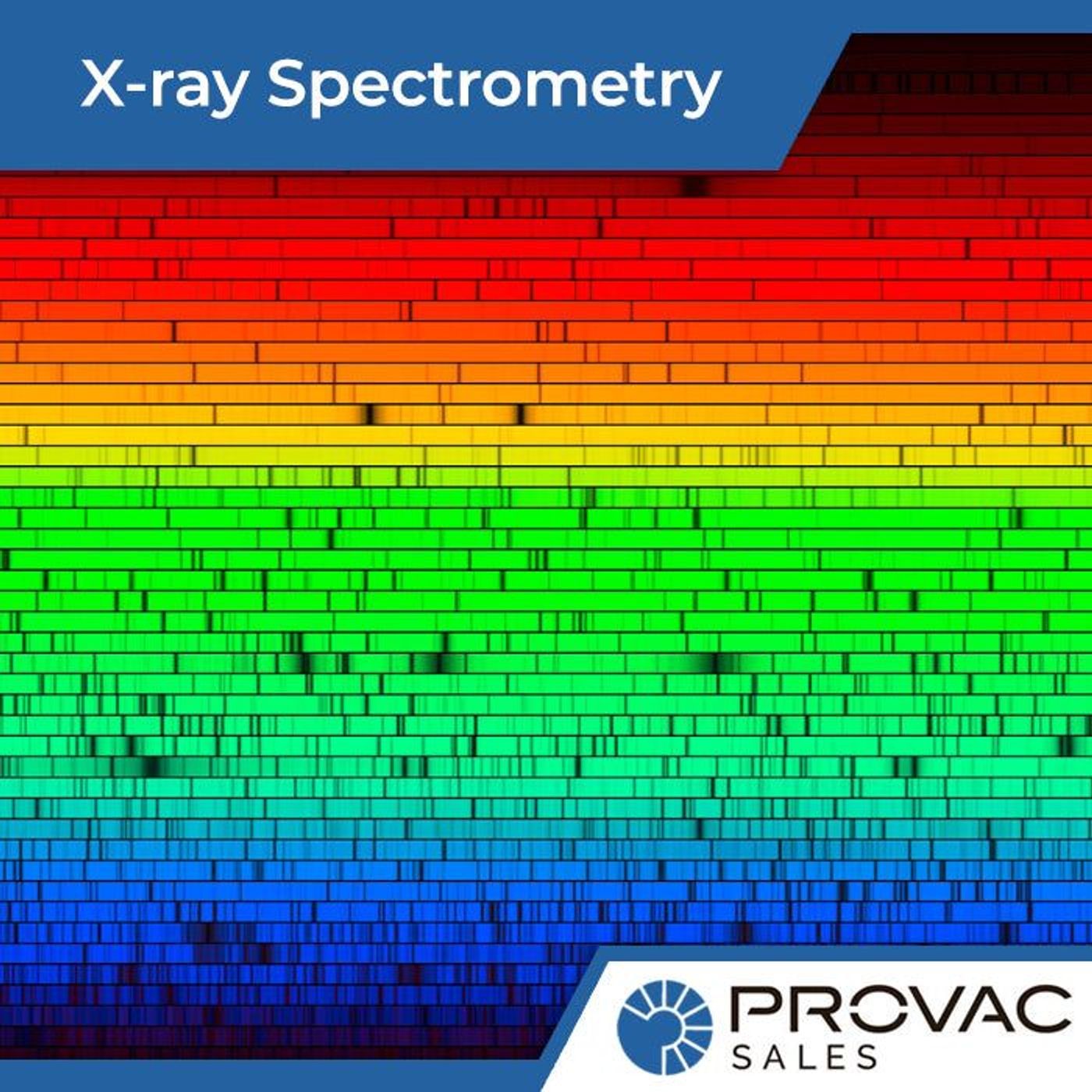
Katy Manning | February 16, 2021
What is X-Ray Spectrometry and How Does it Work?

In modern spectroscopy, diffraction gratings are used to disperse the light that is then projected onto charge coupled devices. These devices are similar to the devices that are used in digital cameras. A diffraction grating is an optical component that has a periodic structure, and this enables it to diffract the light into a number of beams that travel in different directions. The spectra which is in two dimensions, can be extracted quite easily to produce the ID spectra that contains plenty of data. Spectroscopy also includes the study of how electrons, protons, and ions, interact with each other, and how they interact with other particles as a result of their collision energy.
Spectroscopy is not a field that can be considered unique and specialized and is very much a part of various disciplines of scientific study. It has always provided the theoretical backing in quantum research that studied atomic structure and radiation. This led to its use to develop many practical applications, MRI (magnetic resonance imaging) and creating X-ray machines that use radio frequency for spectroscopy. It has also been used to test doping in sports, as well as the study of the physical properties of distant astral bodies in the universe.
The types of radiative energy used in this study lead to differences in the types of spectroscopy used. Types of spectroscopy can also depend on how the energy used interacts with the material that it is bombarded with. Types of spectroscopy are astronomical spectroscopy, absorption spectroscopy, biomedical spectroscopy, and energy-dispersive X-ray spectroscopy, among others.
In astronomical spectroscopy objects in space are analyzed. by measuring the spectrum of electromagnetic radiation they generate and their wavelengths. This information can help in deducing the chemical composition of the object being studied, its speed, temperature, and distance. This is done by using the wavelengths that they generate and relate it to the speed of light.
Spectroscopic techniques can help to measure the amounts of radiation that are absorbed in a matter. This allows the determination of the atoms that make up that matter, as the absorption of specific elements is carried out across the electromagnetic spectrum.
Magnetic resonance spectroscopy is a specialized technique that is used to study the chemical changes in the brain, and using this to make the needed diagnosis. In this spectroscopy, it is also possible to analyze a muscle's metabolic structure. A spectrum of wavelengths within the brain give out patterns that are carefully analyzed to detect any aberrations. This spectroscopy allows detection of physical tumors, as well as depression.
When the atom of any matter is bombarded with particles having high energy, the electrons in it go from one level of energy to another. As electrons adjust, the atom that is unstable releases high energy X-ray photons, and does so in a way that is characteristic of a particular chemical element. X-ray spectroscopy makes it possible to measure the energy changes. This, in turn, allows in the identification of elements and how the atoms in them interact. One of the techniques used in this spectroscopy measures the X-rays of just one wavelength and its diffraction through a crystal. Another technique used is to measure the X-ray radiation that is emitted, when the electrons in the element receive stimulation from a source that has high energy charged particles. The dispersal of the radiation is an indication of the atomic structure of the material and the elements that it contains.
This form of spectroscopy is the one that has the widest use in many areas of technology, science, health, engineering, astronomy, and even in archaeology. Hidden information in ancient artifacts has been discovered by analysis through X-ray spectroscopy. Determining the way how objects in space work is possible through this spectroscopy. Many cosmic objects emit X-rays and observing this allows for a more detailed understanding of their characteristics.
Spectroscopy is basically the study of how radiated energy reacts with matter, and is a theoretical science. It studies how the matter absorbs the energy when it is subjected to electromagnetic radiation. It is a theoretical approach to science and does not generate any results. Any quantitative measurement needs the use of spectrometry, and this can lead to practical applications that use the results.
Spectroscopy studies look at the fundamental principles of science and once these are clearly understood, it can lead to more practical applications that can be of benefit to mankind.



